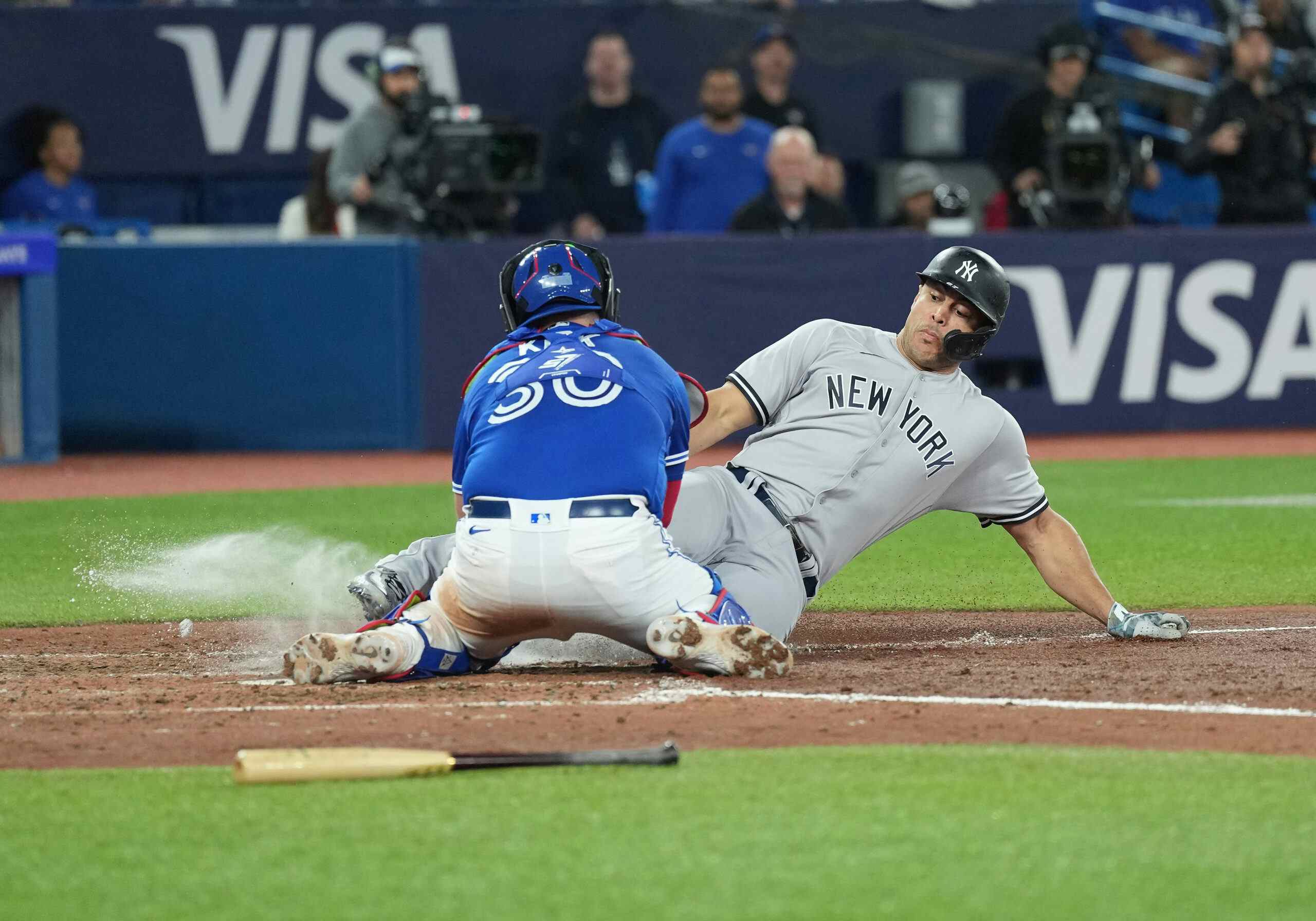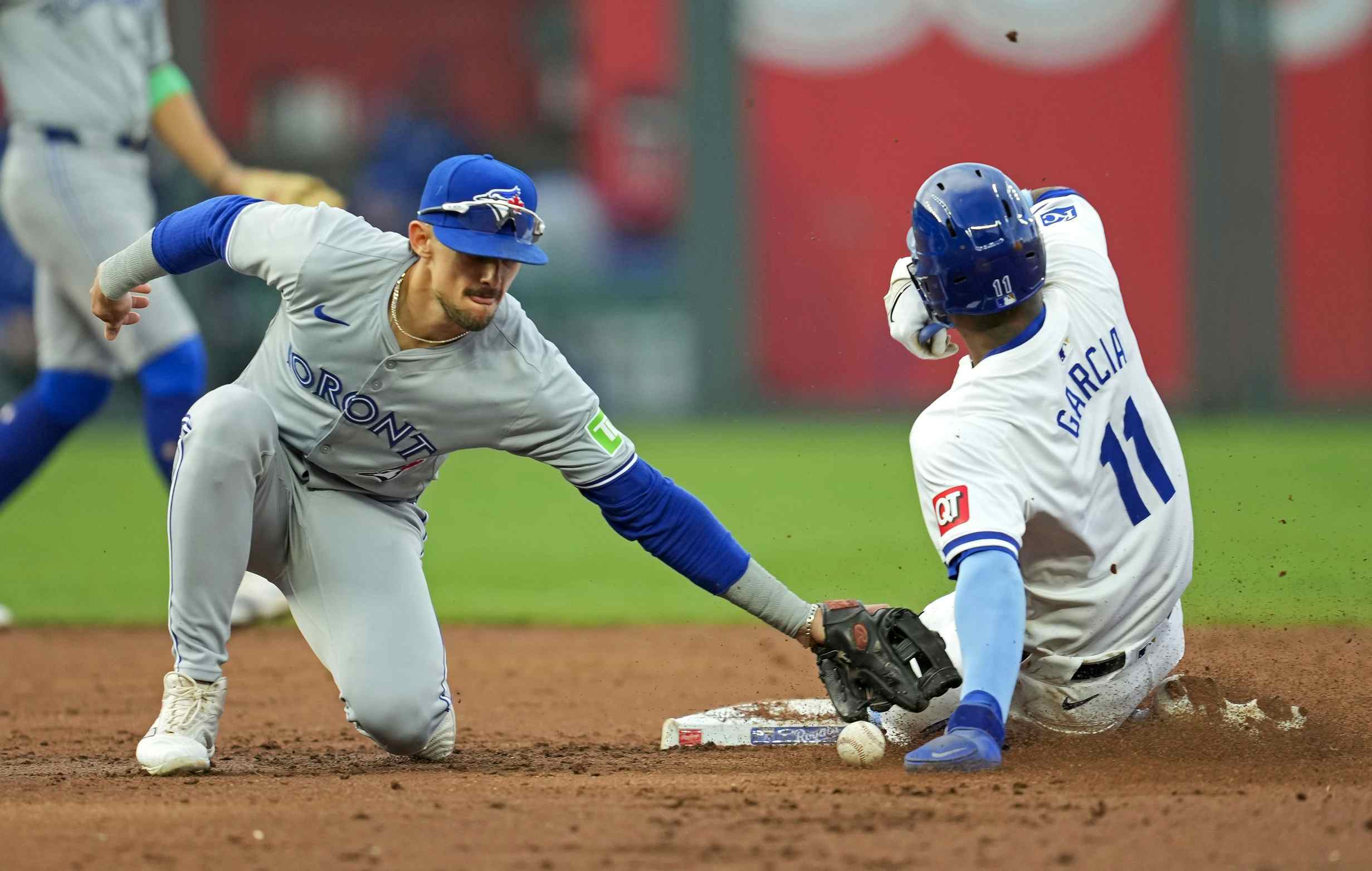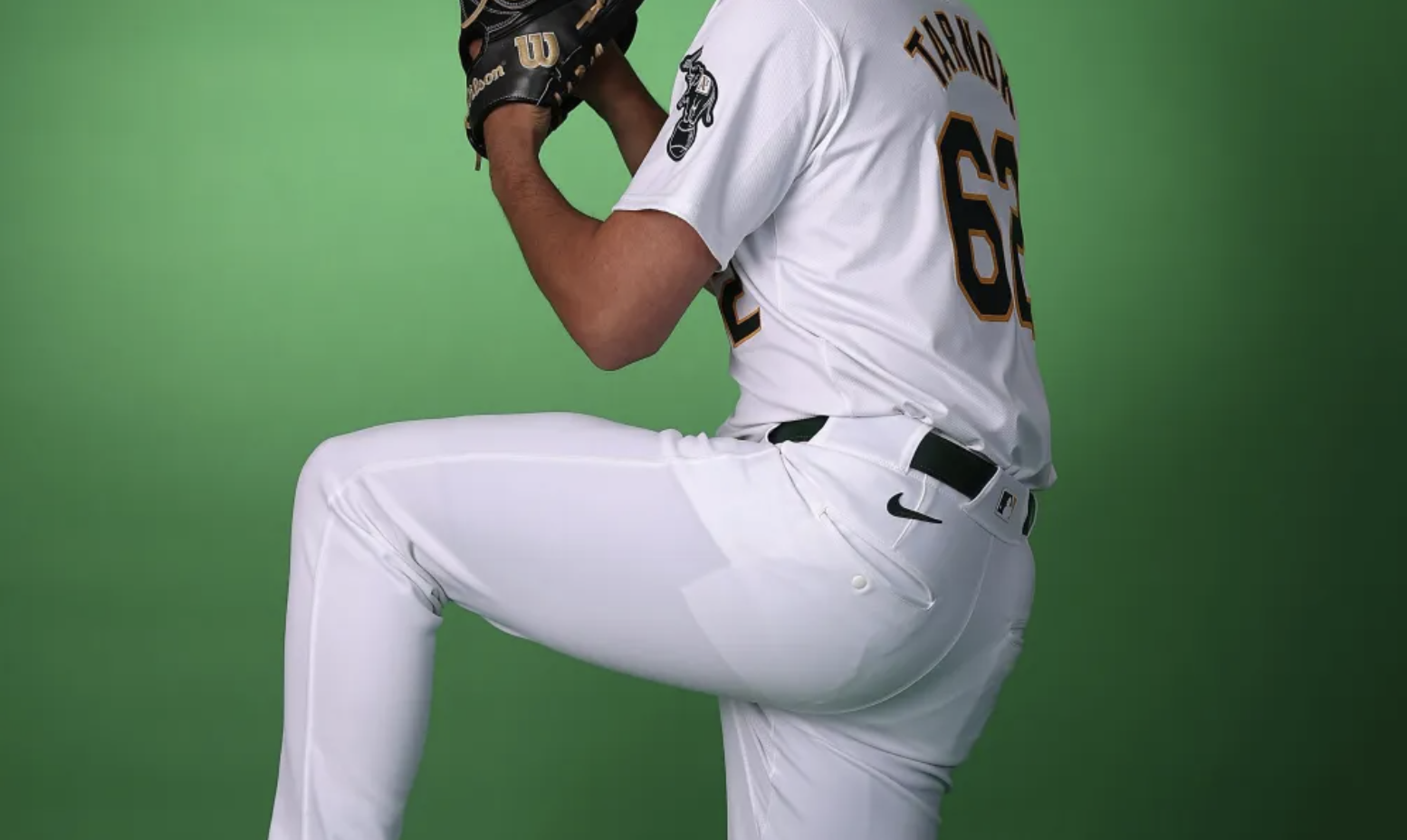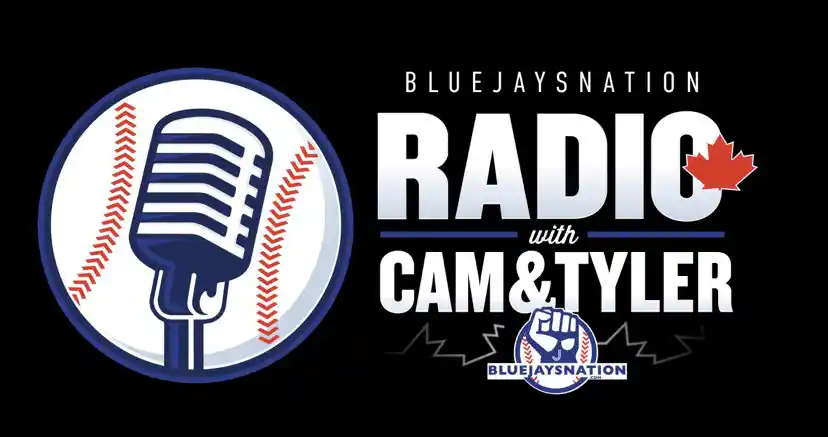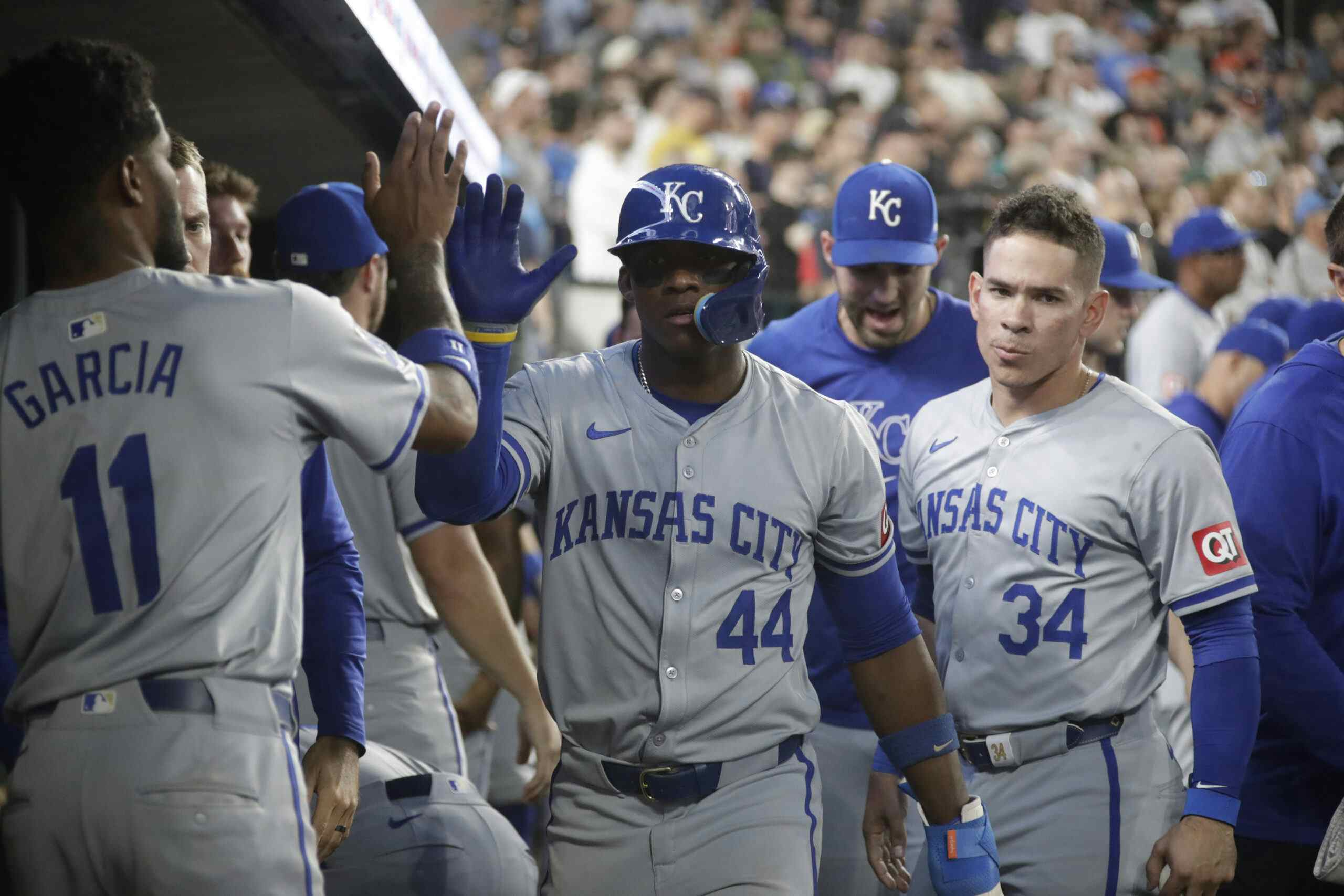Alejandro Kirk’s bat is coming around, but he’s the best defensive catcher in the game

It’s time to discuss Alejandro Kirk… again.
After a great performance on Sunday, where he went 3-3 with his first home run of the season, the Blue Jays’ catcher is now slashing .206/.297/.270 with two extra-base hits in 74 plate appearances, along with a 12.2 BB% and a 13.5 K% for a 70 wRC+.
Since April 5, Kirk is slashing .262/.373/.357 with a home run and a double in 51 plate appearances. He’s also walked (15.7%) more than he’s struck out (9.8 BB%), and has a 119 wRC+ in this stretch. Over the past two weeks, that wRC+ sits at 215, albeit in limited playing time.
Small sample size aside, it’s been a rough go of things since the 2022 All-Star game, as he’s slashed .245/.332/.337 with 12 homers in that span. For context, that’s 12 home runs in 731 plate appearances, along with an 11.1 BB% and an 11.5 K%. All in all, he has a 93 wRC+.
Looking at the 2022 season as a whole, it was a good, but weird one, for him. He likely deserved a nomination for a Gold Glove award as he had 9 DRS with some of the best framing and blocking. He fell short, but he did win the American League Silver Slugger for catching, as he slashed .285/.372/.415 with 14 home runs in 541 plate appearances that season for a 4.3 fWAR.
Interestingly enough, there are parallels to the 2024 season as well. From the start of the season on April 8, 2022, until a game on May 3, Kirk failed to hit a single. In fact, he slashed .237/.333/.237 in this time, driving in two runs in 69 plate appearances, along with a 13 BB% and an 11.6 BB% for a 70 wRC+. Kirk’s first extra-base hit in the 2024 season came on April 15, or his 15th game of the season.
In reality, Kirk’s 2022 success and maybe even his career success, can be boiled down to a 75-day stretch from May 3 until the All-Star break, or July 17. In this time frame, he slashed .337/.414/.558 with 11 home runs in 237 plate appearances, along with a higher BB% (10.1%) than K% (8.9%) for a 180 wRC+.
Kirk may never hit like he did for that stretch, but that doesn’t really matter all that much as he’s one of the best defensive catchers in the league, as he was nominated for his first ever Gold Glove award in 2023. Let’s look at what makes him such a good defensive catcher.
Framing
Since his arrival in the big leagues in 2020, Kirk has been an above-average framer. This season, his Catcher Framing Runs (CFR) is tied for first in the league, with his strike rate of 52% the third highest, narrowly beating out Gabriel Moreno who has a 51.7 strike rate.
Before we look at where he ranks in those two stats, let’s get the terminology out of the way. The stat CFR looks at what balls in the “shadow zone” (a few inches from any side of the plate) a catcher can trick the umpire into calling strikes. The strike rate is the percentage of calls the catcher can get in those zones, which there are eight of.
This isn’t just some fluke season, in 2022, Kirk’s CFR of nine ranked tied for fourth with Cal Raleigh, and behind Jose Trevino (the 2022 Gold Glove winner), Jonah Heim (2023 Gold Glove winner) and Travis D’Arnaud. His 50.8% strike rate ranked fourth-highest in the league, behind the 2022 and 2023 Gold Glove winners and Seby Zavala.
The 2023 season was a bit of a down year for Kirk, as his 5 CFR ranked tied for 11th in the league, while his 49.2% strike rate ranked as the eighth-highest. Still, it was an above average season for Kirk in this regard, even if he regressed slightly.
A fairly odd turnaround came in where he excels at framing. In 2022, his strike rate in Zone 18, or the middle-bottom of the zone, was 58.5%, which was good for the fourth-highest in the league. On the other hand, his strike rate in Zone 12 (middle-top) sat at 47%, the 36th-highest for qualified catchers.
Fast forward two seasons, and it’s flipped. Zone 18 still has a strike rate of 54.8%, which is the 22nd-highest, but his Zone 12 strike rate sits at 60.9%, tied for the highest in the league. Kirk has also been great in Zone 14, the right side of the “shadow zone”, as his 72.8% strike rate ranks second.
And yes, framing will still be important for the foreseeable future, as it looks like the league will implement a challenge system rather than the fully automated balls and strikes system.
Blocking
Funnily enough, this is the one area of work where Kirk will need to improve on. In this section, we’ll look at Blocks Above Average. This is a fairly easy stat to calculate, taking estimated passed balls + wild pitches and subtracting actual passed balls and wild pitches. This season, Kirk has three wild pitches against and a passed ball. His estimated wild pitches + passed balls is six.
So two, which ranks tied for the ninth-highest in the league. Of course, this isn’t a perfect system by any means. For example, take a look at this pitch that Chris Bassitt sailed to Narnia last season. This counted as a wild pitch against Kirk, but unless he suddenly became Shaquille O’Neal, he had no chance on this.
It hasn’t been Kirk’s best season by any means, he’s had some issues with balls in front of the plate, but looking at the past two and a bit seasons, you can easily see that he’s one of the best blocking catchers in the league.
From 2022 to this season, Kirk has 28 Blocks Above Average, tied for the second most in the league behind just Sean Murphy’s 29 and tied with Adley Rutschman. Interestingly, Kirk had excelled at pitches in front of the plate early in the season, so what happened? We’ll answer that in the next session.
Expect him to be at the top towards the end of the season as it continues.
Throwing
Kirk is a great blocker and framer, but his arm has always been considered weak. Well, news flash, it hasn’t been this season. A big change for Kirk that was noted on the broadcast earlier this season is that if he thinks a runner is leaving early, he’ll leave his crouch early.
Kirk’s pop time (the time it takes for a catcher to leave the crouch and the ball to hit the second baseman’s glove) has never been great. Last season, he was tied for 47th with a 1.98 second pop time. Oddly enough, it’s gotten even worse as his 2.01 pop time is 37th in the league among qualified catchers (five throws to second or more).
Last season, Kirk only threw out 15 runners on 83 stolen base attempts, or an 18.1% caught stolen rate. Baseball Savant recently introduced catcher throwing, and the stat we’ll look at is Catcher’s CS Above Average. Last season, Kirk had a -1 CSAA, which ranked tied for the 34th-highest in the league. As you can imagine, Gabriel Moreno’s 48 CS% gave him a 9 CSAA, by far the highest.
So far in 2024 with the changes he’s made, Kirk has thrown out six runners in 17 attempts. His 35 CS% (33% with throws to second) ranked tied for seventh in the league, while his CSAA of two ranks tied for third in the league.
It is worth mentioning that three of these successful stolen bases came in the same game. Kirk actually threw out a runner, but Génesis Cabrera balked and it didn’t count.
I have optimism that Kirk’s blocking will improve through the course of the season, but I’m not entirely sure that his caught stealing percentage will remain above 30% the rest of the year. With that being said, he’s made changes and it’s helped in the first month.
Mix it all together
This season in 160 innings caught, Kirk’s six Defensive Runs Saved ranks second only behind Cal Raleigh, who has eight DRS. Since the beginning of the 2022 season, Kirk has 32 DRS, the most in the league, one ahead of Jose Trevino.
Even since the beginning of last season, Kirk’s 23 DRS is tied for the most in the league, right alongside former Blue Jay, Gabriel Moreno. They have seven more DRS than the next best catcher, Patrick Bailey.
The bat may never come back like it did in that span in 2022, but there’ll be a place for Kirk on this team as long as he continues to be one of the best defensive catchers in the league, if not the best.
As always, you can follow me on Twitter @Ryley_L_D.
Recent articles from Ryley Delaney

